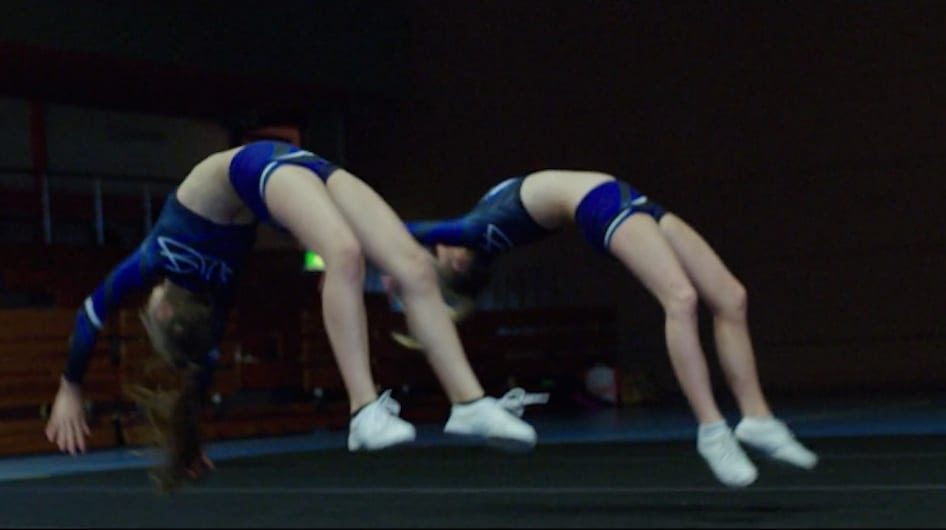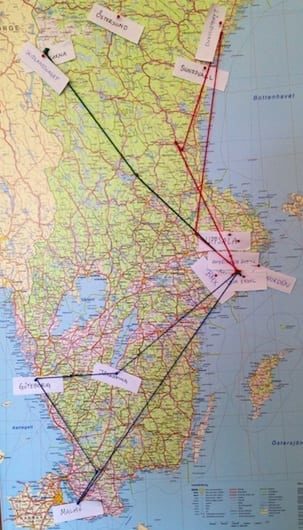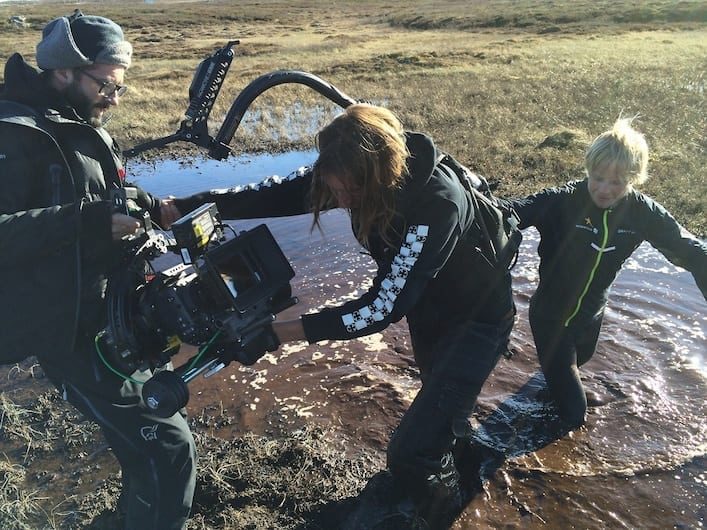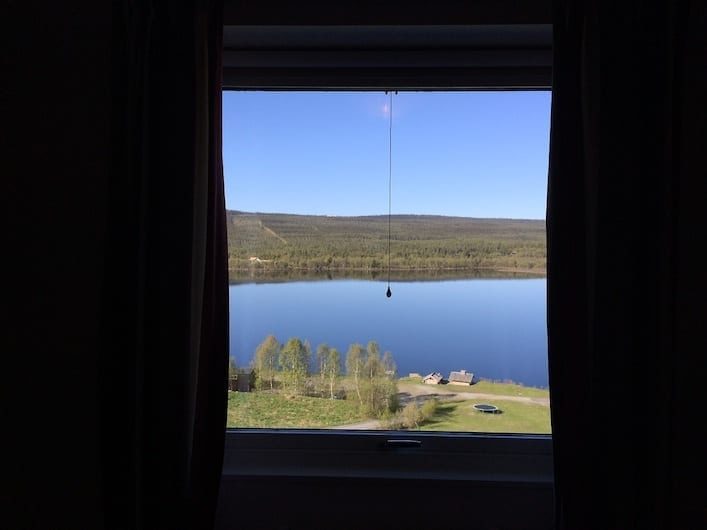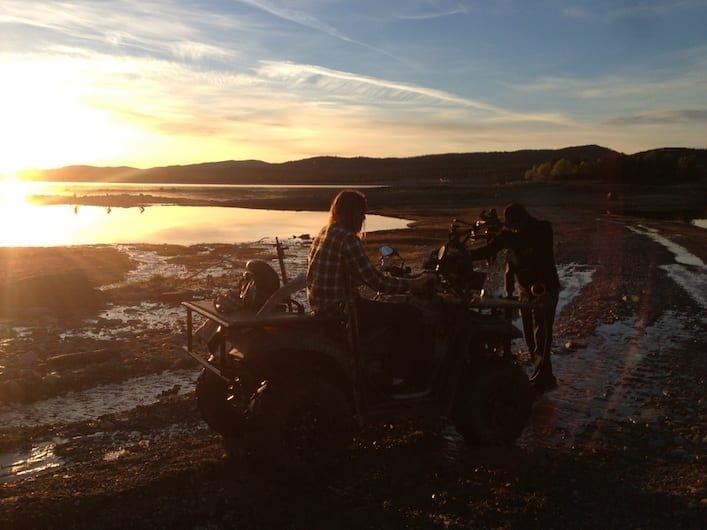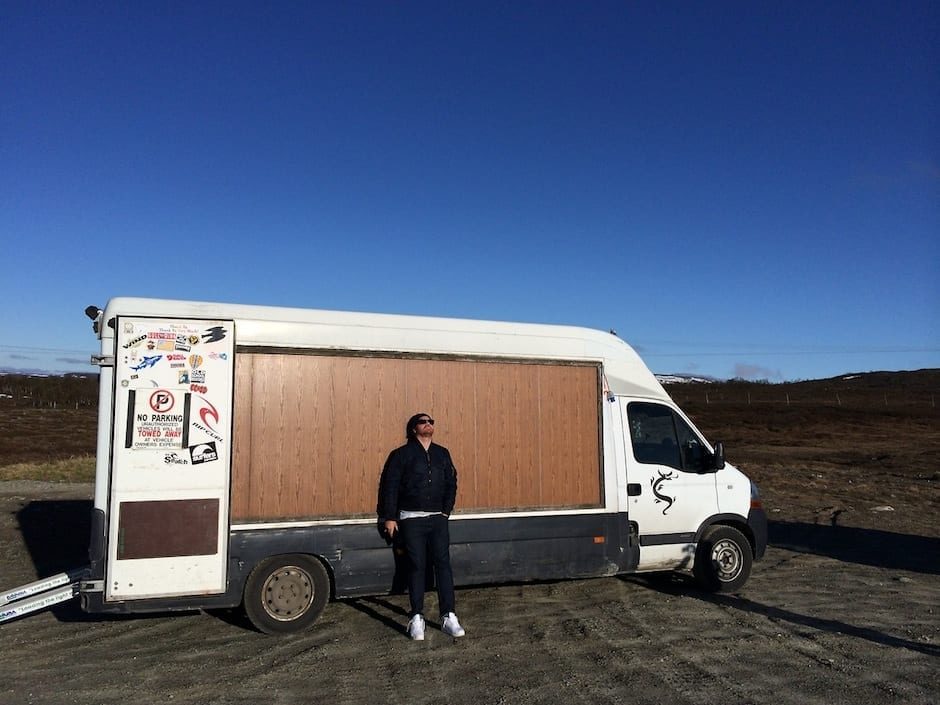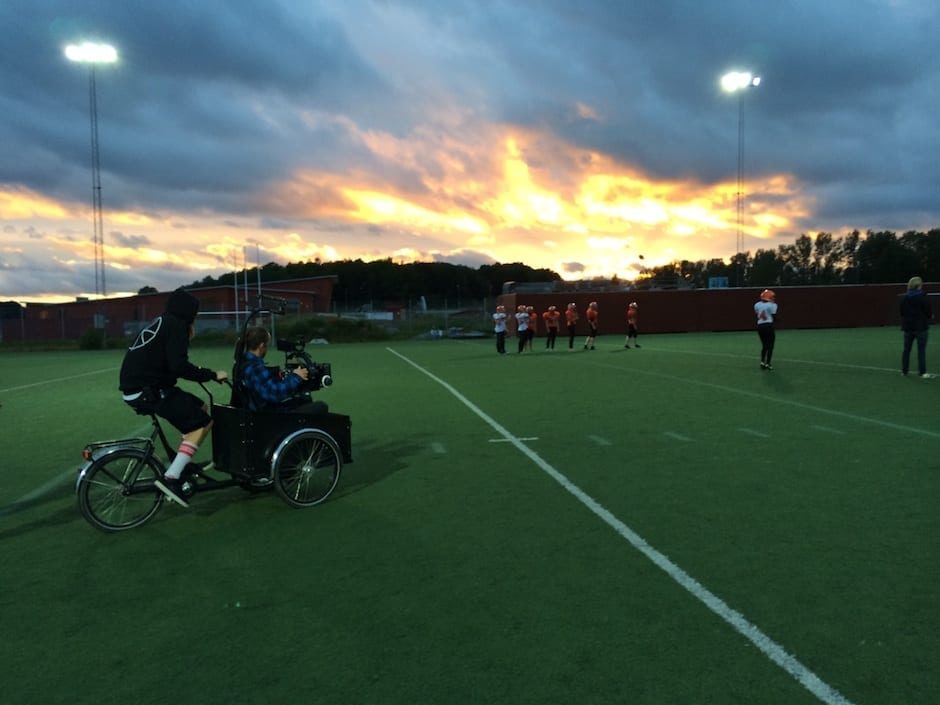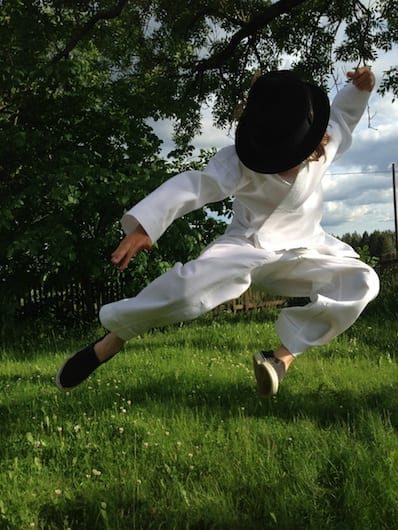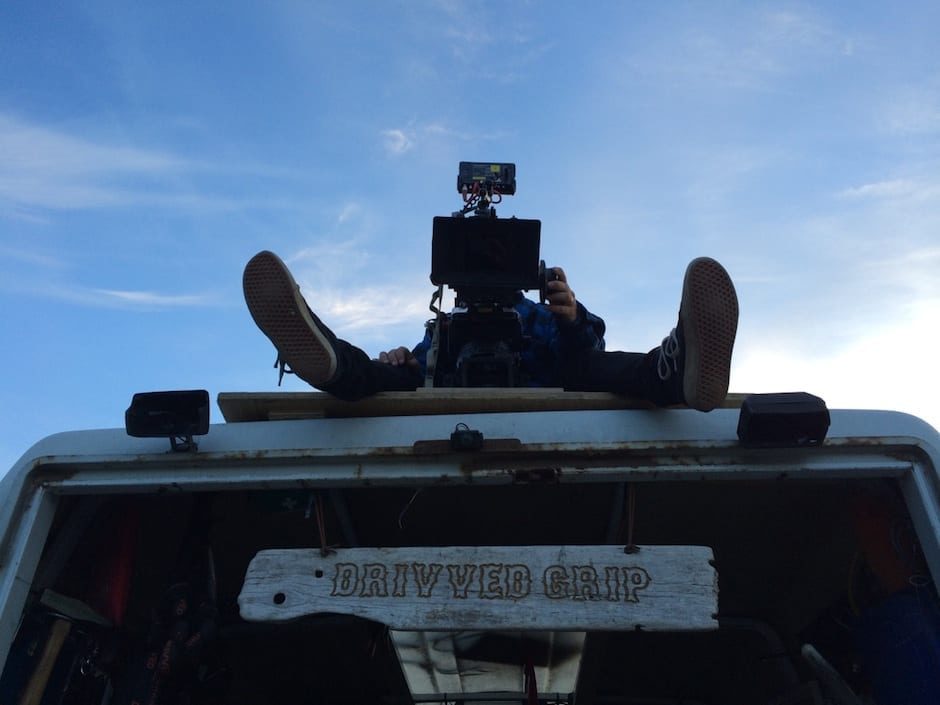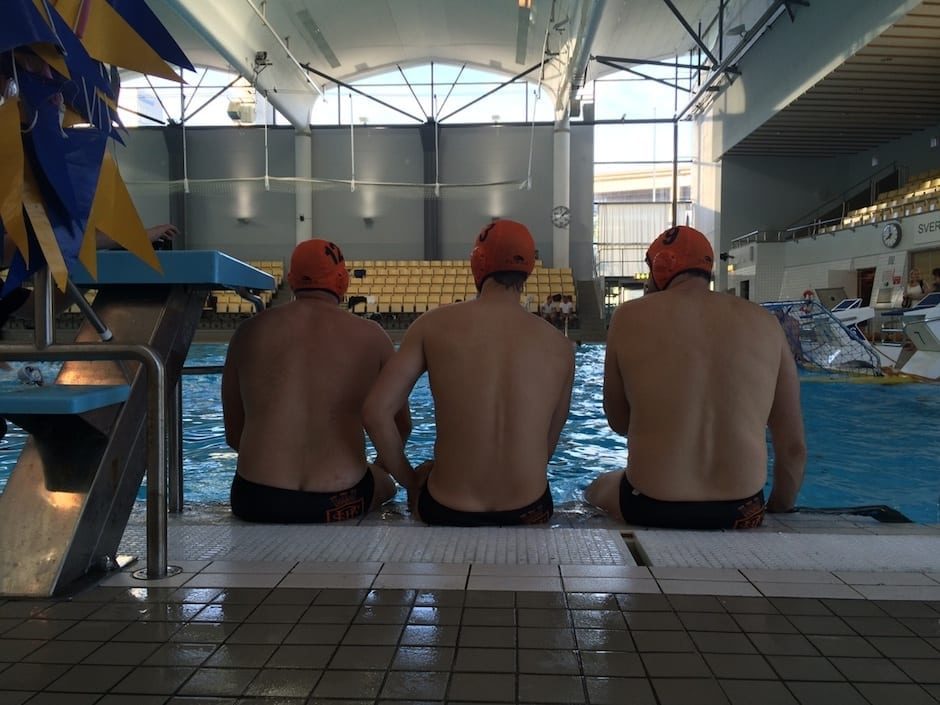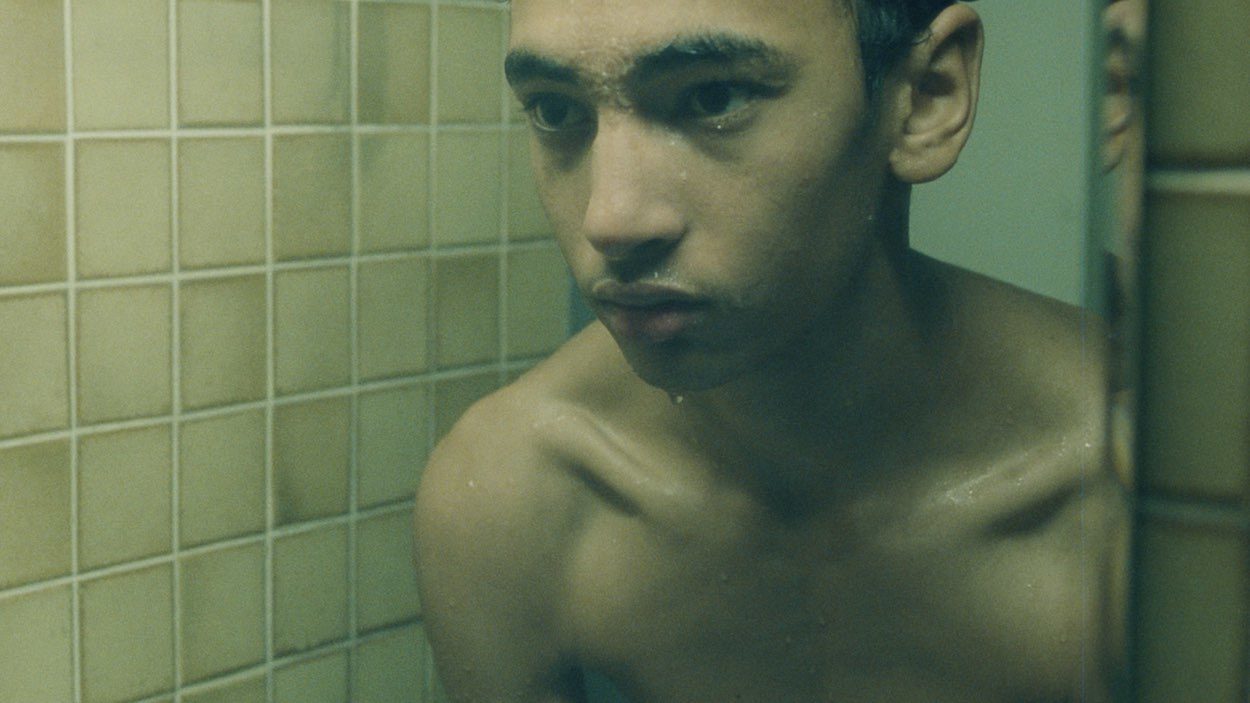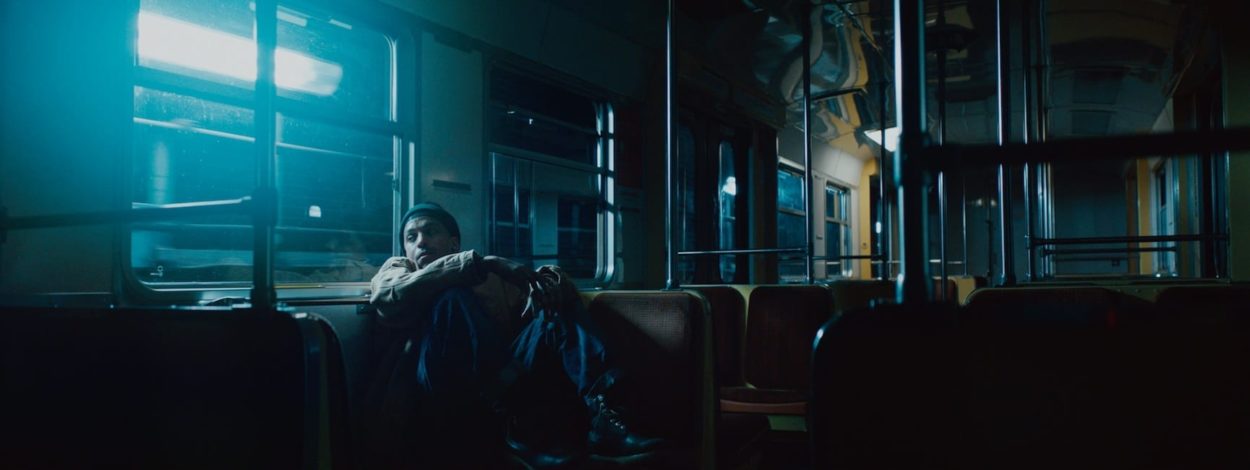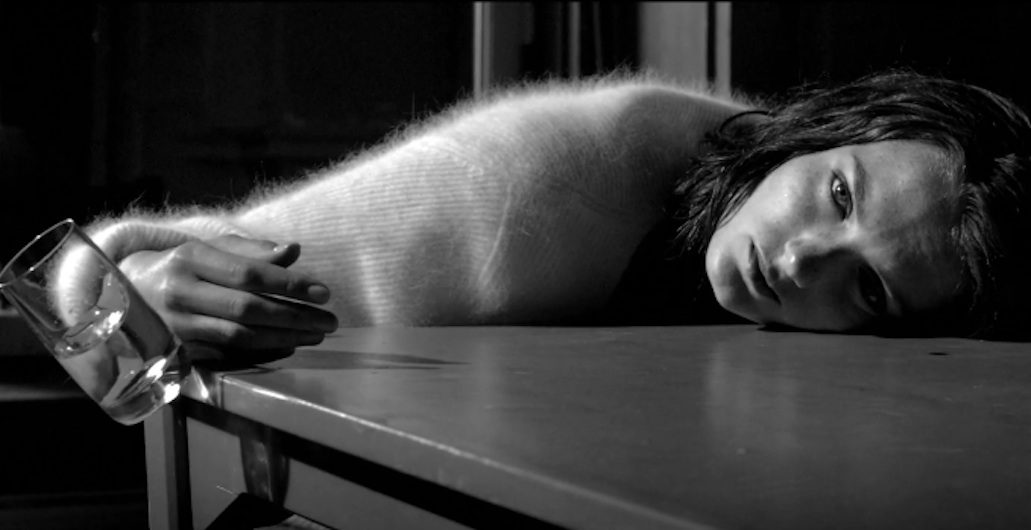It was quite a journey criss-crossing Sweden to make this film. Why was it important to actually go to these locations to film these particular athletes?
For a couple of different reasons really. The Swedish tag-line for the film could be translated as “We’re Sport Sweden”. And to back up that claim the film needed to actually include and showcase ALL of Sweden.
We set up the production as a road-trip and packed the cars with a bunch of cameras, ice cream and our small but amazing team. That kind of journey through the country allowed us to both film key scenes but also the unexpected – the stuff that happens along the road that’s impossible to plan for. So the approach was kind of documentary.
The cuts are only about two seconds – was there a lot of footage that hit the trash can?
For sure, we spent 13 days on the road after all. But we shot a lot of 16mm which by default forces you to think before you shoot, so it could have been worse. But it was definitely a case of “killing your darlings”.
How thoroughly could you plan how the sequences were going to come together – or did the film fall into place in the edit?
Yes, it was really a case of moulding the film in the edit and Adam Marshall, our editor, did an amazing job.
We picked the song quite early on in the process and we listened to it when we watched the dailies during the course of the shoot. We thought that the imagery and music worked really well together, so we were quite confident that it was going to come together nicely going into the edit.
What was the most challenging aspects of the production? Any nightmare scenarios?
This was big undertaking on a small budget so everything was challenging. But in a way, not using any lamps for example (we didn’t light a single shot other than with existing practicals) became an asset rather than a limitation and allowed us to be quick and flexible.
Sweden is a vast country so the travelling alone was quite exhausting. We actually wrecked two cars just from driving in the sometime quite harsh terrain. And the sun never sets in the summer so shooting magic hour (which was our preference) did not give us much room to sleep. The whole team was pretty weary at the end.
How did the collaborative directing process work between the more established Robert Nylund and the talented but newer Philippe Tempelman?
We’re friends and we have directed together before so it wasn’t really any surprises going into the projects. We find that working together is a good way to broaden your perspective and learn from each other.
The approach to this production meant that we gladly did it together, partly because it was a big commitment that benefited from four eyes and two brains, but also because it was a fun opportunity to travel across the country together.
See production stills in Related Content
